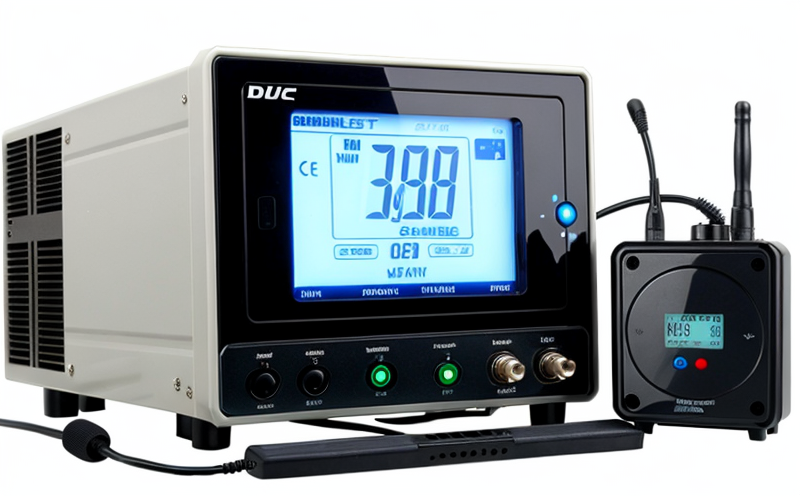ITU R SM 329 Spurious Emission RF Testing
The ITU-R Recommendation SM.329-1 (07/2014) provides the methodology to measure spurious emissions in radio frequency devices, ensuring compliance with international standards and regulatory requirements for wireless communication systems. This testing is critical for manufacturers of electronic devices that operate within specific RF bands.
The ITU-R SM 329 standard defines a comprehensive approach to assessing spurious emissions by measuring signals outside the intended frequency range that may interfere with other communications or cause unwanted interference in adjacent channels. The primary goal is to ensure that devices meet stringent limits set forth for out-of-band and within-band emissions.
Spurious emissions can originate from various sources, including unintended sidebands, intermodulation products, and harmonic emissions. These signals, if not properly managed, can disrupt the performance of other communication systems or networks, leading to reduced quality of service (QoS). Proper testing ensures that devices operate within acceptable limits, thereby minimizing potential interference.
RF testing under ITU R SM 329 is particularly important for manufacturers of wireless devices such as mobile phones, base stations, Wi-Fi routers, and other communication equipment. The test setup typically involves a combination of RF test instrumentation including spectrum analyzers, vector network analysers (VNAs), and software-defined radios (SDRs).
During the testing process, it is crucial to configure the test environment to replicate real-world conditions as closely as possible. This includes setting up the device under test (DUT) in an anechoic chamber or a similar controlled RF environment. The DUT is then subjected to a series of frequency sweeps and measurements across the relevant bands.
The testing process involves several key steps:
- Setting up the test parameters according to ITU R SM 329 specifications
- Calibrating the instrumentation to ensure accurate measurements
- Subjecting the DUT to a series of frequency sweeps and emissions tests
- Recording and analyzing the results for compliance with the standard
The test results are typically reported in terms of power levels in dBm, spectral density in dBc/Hz, and bandwidth in Hz. Compliance is determined by comparing these measurements against the limits specified in ITU R SM 329.
Failure to meet these standards can result in legal penalties, product recalls, and damage to a company's reputation. Therefore, thorough testing is essential for ensuring compliance with regulatory requirements and maintaining high-quality products.
| Standard | Description |
|---|---|
| ITU-R SM 329-1 (07/2014) | Mechanism for the measurement of spurious emissions in radio frequency devices. |
| IEEE C63.4-2005 | Recommended practice for RF interference tests on electronic equipment. |
| EN 301 489-1 | Radio spectrum monitoring - Measurement techniques and procedures. |
Frequently Asked Questions
- Ensures compliance with international standards and regulatory requirements.
- Reduces interference in wireless communication systems.
- Promotes high-quality service and reliability.
- Avoids potential legal penalties and product recalls.





